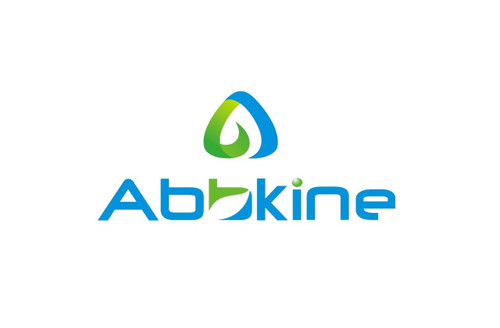Product Description
Human Leucine-rich repeat, immunoglobulin-like domain and transmembrane domain-containing protein 3 (LRIT3) ELISA Kit | AE60543HU | Abebio
Species Reactivity: Human (Homo sapiens)
Abbreviation: LRIT3
Alternative Name: FIGLER4; FLJ44691; MGC120618; fibronectin type III; immunoglobulin and leucine rich repeat domains 4
Application: ELISA
Range: 3.12-200 ng/mL
Sensitivity: 1.44 ng/mL
Intra-Assay: ≤4.8%
Inter-Assay: ≤7.8%
Recovery: 1, 02
Sample Type: Serum, Plasma, Other biological fluids
Detection Method: Sandwich
Analysis Method : Quantitive
Test Principale: This assay employs a two-site sandwich ELISA to quantitate LRIT3 in samples. An antibody specific for LRIT3 has been pre-coated onto a microplate. Standards and samples are pipetted into the wells and anyLRIT3 present is bound by the immobilized antibody. After removing any unbound substances, a biotin-conjugated antibody specific for LRIT3 is added to the wells. After washing, Streptavidin conjugated Horseradish Peroxidase (HRP) is added to the wells. Following a wash to remove any unbound avidin-enzyme reagent, a substrate solution is added to the wells and color develops in proportion to the amount of LRIT3 bound in the initial step. The color development is stopped and the intensity of the color is measured.
Product Overview: LRIT3 Contains 1 fibronectin type-III domain.Contains 1 Ig-like (immunoglobulin-like) domain.Contains 4 LRR (leucine-rich) repeats.Contains 1 LRRCT domain. A leucine-rich repeat (LRR) is a protein structural motif that forms an α/β horseshoe fold.[1][2] It is composed of repeating 20–30 amino acid stretches that are unusually rich in the hydrophobic amino acid leucine. Typically, each repeat unit has beta strand-turn-alpha helix structure, and the assembled domain, composed of many such repeats, has a horseshoe shape with an interior parallel beta sheet and an exterior array of helices. One face of the beta sheet and one side of the helix array are exposed to solvent and are therefore dominated by hydrophilic residues.
Stability: The stability of ELISA kit is determined by the loss rate of activity. The loss rate of this kit is less than 5% within the expiration date under appropriate storage condition. The loss rate was determined by accelerated thermal degradation test. Keep the kit at 37°C for 4 and 7 days, and compare O.D.values of the kit kept at 37°C with that of at recommended temperature. (referring from China Biological Products Standard, which was calculated by the Arrhenius equation. For ELISA kit, 4 days storage at 37°C can be considered as 6 months at 2 - 8°C, which means 7 days at 37°C equaling 12 months at 2 - 8°C) .
 Euro
Euro
 USD
USD
 British Pound
British Pound
 NULL
NULL








